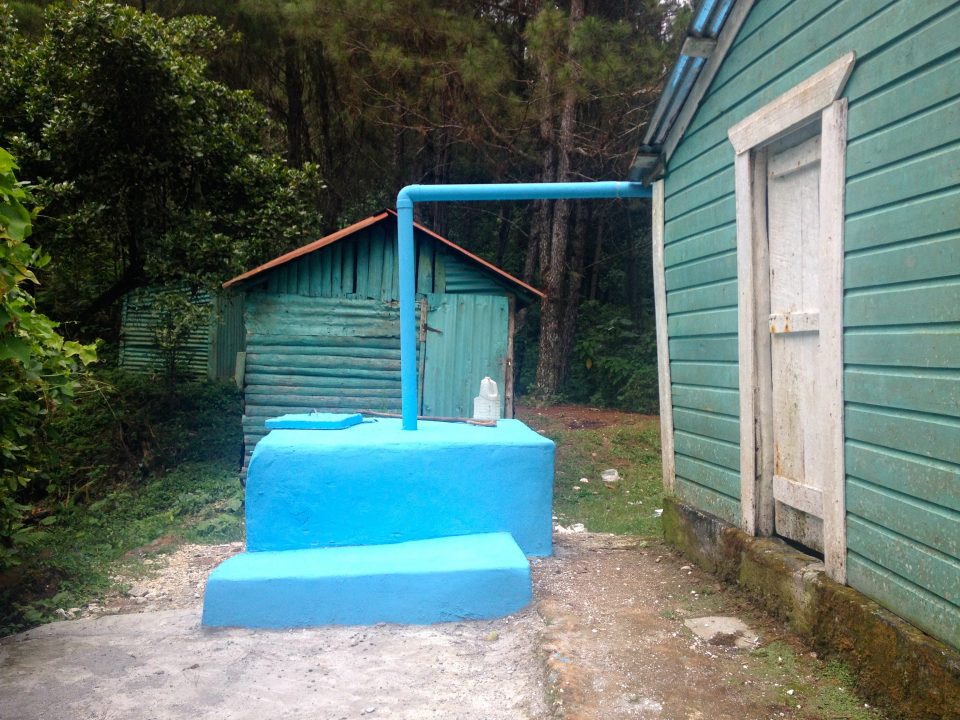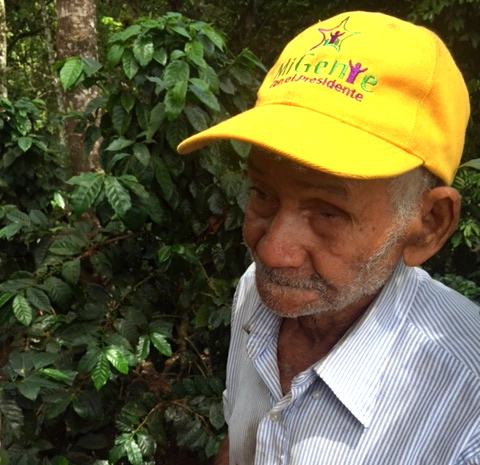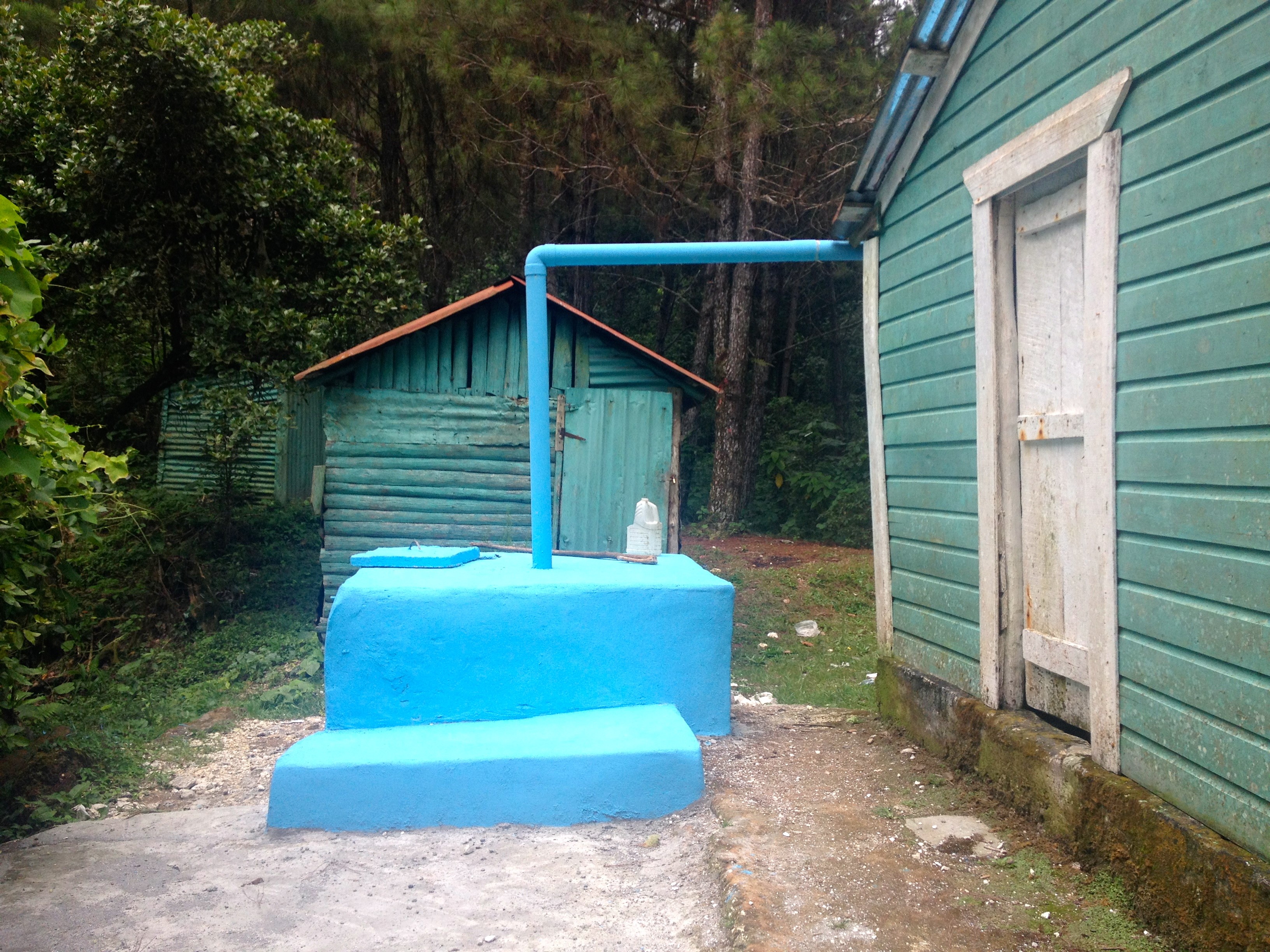
A renovated rainwater harvesting tank. Photo: Gabrielle-Hairabedian
Gabrielle Hairabedian
From June through August this year, one of Fivas’ volunteers worked for a nonprofit organisation based in the Dominican Republic to advise students from all over the world on their service learning projects. On various occasions over the course of several weeks, she had the privilege of visiting a small mountain community to learn more about the environmental and economic insecurities they face, and how they overcome the water scarcity in the area.
Water Scarcity in the Mountainous Regions
The Dominican Republic is a Caribbean nation that shares the island of Hispaniola with Haiti. Overall, the Dominican side of the island has a relatively high level of access to water supply and sanitation. However, access in some low-income areas remains insufficient. Water scarcity is an increasing issue in these regions due to excessive consumption, a lack of management of resources and environmental degradation. Mountain ecosystems in particular are an important aspect of the water cycle, but they are fragile and vulnerable to human activities such as deforestation, mining and unsustainable agriculture. Deforestation results in a drier climate, reduces the content of water in soil, increases soil erosion and decreases biodiversity. Communities in mountainous regions are also often disadvantaged due to their isolation and limited accessibility.
Conservation Efforts
The Monumento Natural Miguel Domingo Fuerte is a protected area in the Dominican Republic on account of the great biological diversity found in this region. Cachote is a village located on the border within this protected area in the cloud forests with a relatively temperate climate. Microempresa Ecoturística de Cachote is the first ecotourism center in this entire region, and it manages the local conservation efforts in this community to avert further environmental degradation from deforestation. The ecotourism in this area generates income and improves the overall well-being of local people. The initiative is run by a small group of actively involved families in this village of about 30 families.
All the families in Cachote rely on rainwater harvesting as the sole water supply source for all their domestic and household needs. Don Fran is a man of Lebanese and Dominican descent that lives in this mountain community. He is currently around 96 years of age and single-handedly built all of the rainwater harvesting systems for his community that have been in use for over three decades. Recently, the rainwater harvesting tanks this man built many years ago have been renovated, improving the reliability of the community’s water supply. Additionally, Don Fran maintains a modest nursery, where he grows coffee and other indigenous species. His primary source of livelihood is farming organic coffee, though in recent years disease has dramatically reduced his production of the crop.

The local hero, Don Fran. Photo: Erin Donovan
Accessibility
Although Cachote is barely 16 kilometers from a paved highway and more advanced infrastructure, the people in this community are cutoff from health services, centralized water connections and reliable employment opportunities. If governing bodies fail to secure such services in secluded communities such as this one, then innovative and resourceful individuals like Don Fran are vital for the welfare and well-being of these communities and can make a great difference overall.

